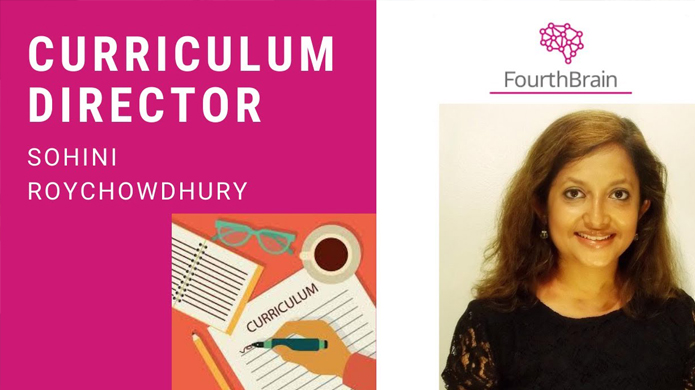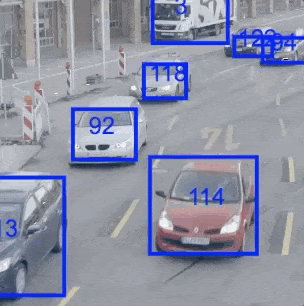
Artificial Intelligence (AI) has become increasingly important to our modern world. Applications of AI range from everyday products like smart thermostats and facial recognition used to unlock phones, to collision avoidance systems used in cars that warn you about an impending accident. In an increasingly complex domain, we may misunderstand what AI really is.
At its core, AI detects patterns in data and uses it to make a decision; that decision might be a recommendation, a prediction, or even creating new text content. More formally, AI is the ability to reason, deduce, automate, generalize and identify patterns from experiences to accomplish simple to complex decision making and knowledge creation tasks.
While research and development so far in the field of AI can be understood as merely “scratching the surface,” some of AI’s well known subtopics such as machine learning (ML), data science, cognitive systems and knowledge discovery from databases are developing quickly and gaining significant importance. So how do ML algorithms that learn and improve from experience make life better?
Let’s consider some examples to better understand the four groups or categories: supervised, unsupervised, semi-supervised and reinforcement learning algorithms. We will compare the differences between these algorithm groups based on their application when communicating in a foreign language.
Supervised ML algorithms enable learning patterns from similarly structured data or events, also known as ‘training data’. This is analogous to learning a new language from a teacher who takes us through various learning difficulty levels from alphabets to words to sentences. Most automation examples we see around us, such as object detection for computer vision applications, demand forecasting, and time series forecasting, belong to the supervised ML category.
Unsupervised learning algorithms refer to pattern identification by the relative similarity in data and events in the absence of any structured training data. As an example, in the absence of any foreign language training, communicating through gestures and expressions would imply unsupervised learning, since the gestures and corresponding expressions remain relatively similar irrespective of geographic and lingual barriers. Examples of unsupervised learning would be data clustering, searching similar items while shopping, and being recommended items to buy based on similar customers.
Semi-supervised ML algorithms enable learning “a lot” from a small structured set of training data or events. Consider this similar to communicating in a foreign country using a language translation book, where you learn the meaning of some words from the book and combine that with hand gestures and expressions to convey the information. Examples of semi-supervised learning include learning customer response for a new product based on past purchase history, cataloging supermarket products as upcoming specials, or categorizing cars as family cars or cross-country cars.
The fourth category of algorithms, reinforcement learning, differs significantly from the other three algorithm categories since they mimic the human way of learning most closely. For reinforcement learning algorithms, a goal or outcome is first decided, followed by step-by-step actions that are taken to achieve the goal based on external feedback in each step. For the foreign language communication example, say you learn a sentence from Google translate in a foreign language and say it to someone who speaks that language. What happens if the pronunciation or dialect is off? The listener may correct you, or ask for clarification by asking “Did you mean….?” Based on this feedback you may correct your pronunciation or phrasing, and the next time you’ll make fewer mistakes. You continue this process until you master the language. Examples of reinforcement learning lie in training robotic motion, or in playing AlphaGo, chess or other computer games with an automated system. Although the application settings may vary, being equipped with the fundamental knowhow of data processing, modeling and pattern learning we can open doors towards automation and AI-based product development.
We often hear that data is currency. While data is abundant, you need to know what to do with it in order to extract value. Data that can be processed, analyzed and learned from is currency.
The key is in building and honing a set of tools that can help shape the data into a comprehensible format for us to then make good strategic decisions for ourselves and for our loved ones. Through training and education programs that teach hands-on applications of the AI/ML skills toolset, we can further advance how the algorithms can be applied in the real world.
At FourthBrain, the curriculum focuses on project-based and collaborative learning through online instructor-led sessions.
Save $500 on your FourthBrain Course when you mention “Girl Geek X”
Just apply here for October 2020 cohort. Applications due September 28th.
FourthBrain trains aspiring Machine Learning engineers in the technical and practical skills necessary to contribute immediately to an AI team. Our remote, online program is designed to be flexible and accessible for anyone with software experience. We infuse values of collaboration, communication, empathy, and equity throughout the program. We are part of the AI Fund, founded by Andrew Ng.
The team is looking forward to working with the cohort to apply AI in bringing about a safe and sustainable future together!

FourthBrain Machine Learning Program Info Session:
FourthBrain Course Updates:
By Sohini Roychowdhury, Curriculum Director at FourthBrain
Before joining the founding team at FourthBrain, Sohini worked at Volvo Cars as Senior Research Lead and Machine Learning/AI expert. She led the research and development of novel algorithms for AD/ADAS systems and optimal utilization of the vehicle sensor suite. Prior to Volvo, Sohini was an Assistant Professor at University of Washington. She received her PhD in Electrical & Computer Engineering from University of Minnesota with a specialty in computer vision, image processing, pattern recognition, machine learning, and AI system design. Sohini has 45+ peer-reviewed, published articles including IEEE Journal cover articles and several Best Educator and Mentorship awards.


